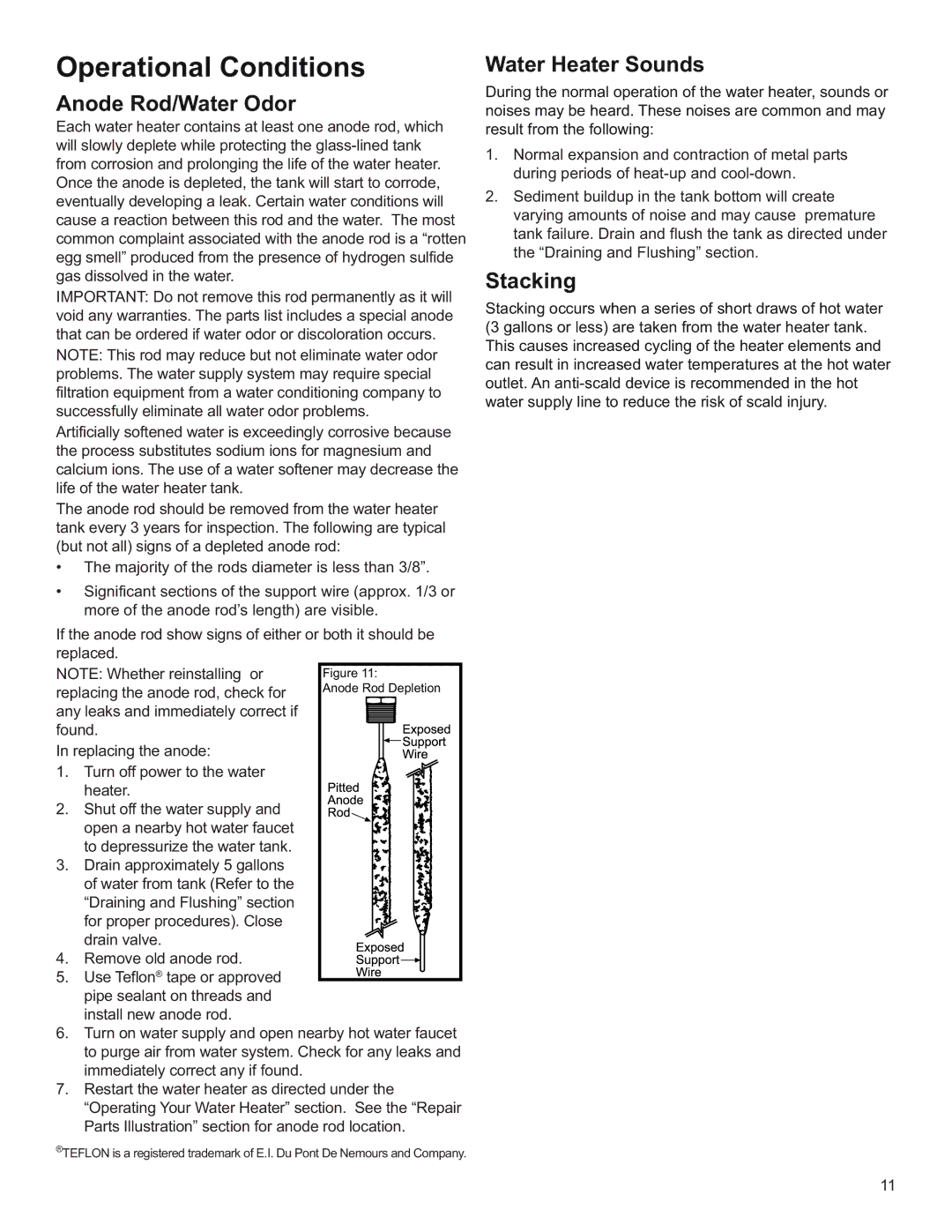140389, 140449, 121802, E1F50RD045V, 140426 specifications
Whirlpool has been a trusted name in home appliances for decades, and their line of air conditioners is no exception. Models such as the E2F40HD045V, E2F40RD045V, E2F50HD045V, and E1F20US015V 120V,6510413 showcase the brand's commitment to quality, efficiency, and user-friendly features that enhance indoor comfort.The E2F40HD045V is a high-efficiency air conditioning unit designed for maximum cooling performance while minimizing energy consumption. This model utilizes advanced inverter technology, allowing it to adjust its cooling capacity based on the room's needs. This feature not only improves energy efficiency but also ensures a more stable and comfortable indoor climate by constantly monitoring and adjusting the output.
The E2F40RD045V stands out with its robust construction and sleek design, making it an attractive addition to any room. Its compact size is ideal for smaller spaces, while still providing powerful cooling capabilities. With clear air filtration systems, it ensures that the air circulating within your home is clean, which is especially beneficial for allergy sufferers.
The E2F50HD045V takes things a step further with its added features such as programmable thermostats and remote control operation. Homeowners can easily set their desired temperature from anywhere in the room, bringing convenience to their air conditioning experience. Coupled with a whisper-quiet operation, this model is perfect for bedrooms and living spaces where noise can be a concern.
On the other hand, the E1F20US015V 120V,6510413 is designed to deliver efficient cooling in compact spaces while ensuring ease of installation. Its lightweight design means that even those with minimal technical skills can set it up without professional help. This model is perfect for apartments or smaller homes, combining efficiency with practicality.
All models feature user-friendly control panels with LED displays, allowing for easy adjustments and monitoring of settings. Additionally, they are equipped with energy-saving modes that promote environmental sustainability without sacrificing performance.
In conclusion, Whirlpool’s E2F40HD045V, E2F40RD045V, E2F50HD045V, and E1F20US015V 120V,6510413 air conditioners are a testament to the brand's innovation and commitment to quality, capping off their efforts with energy-efficient features and technologies that cater to the diverse needs of consumers.

